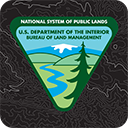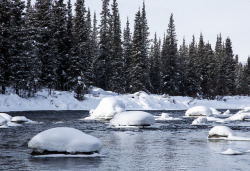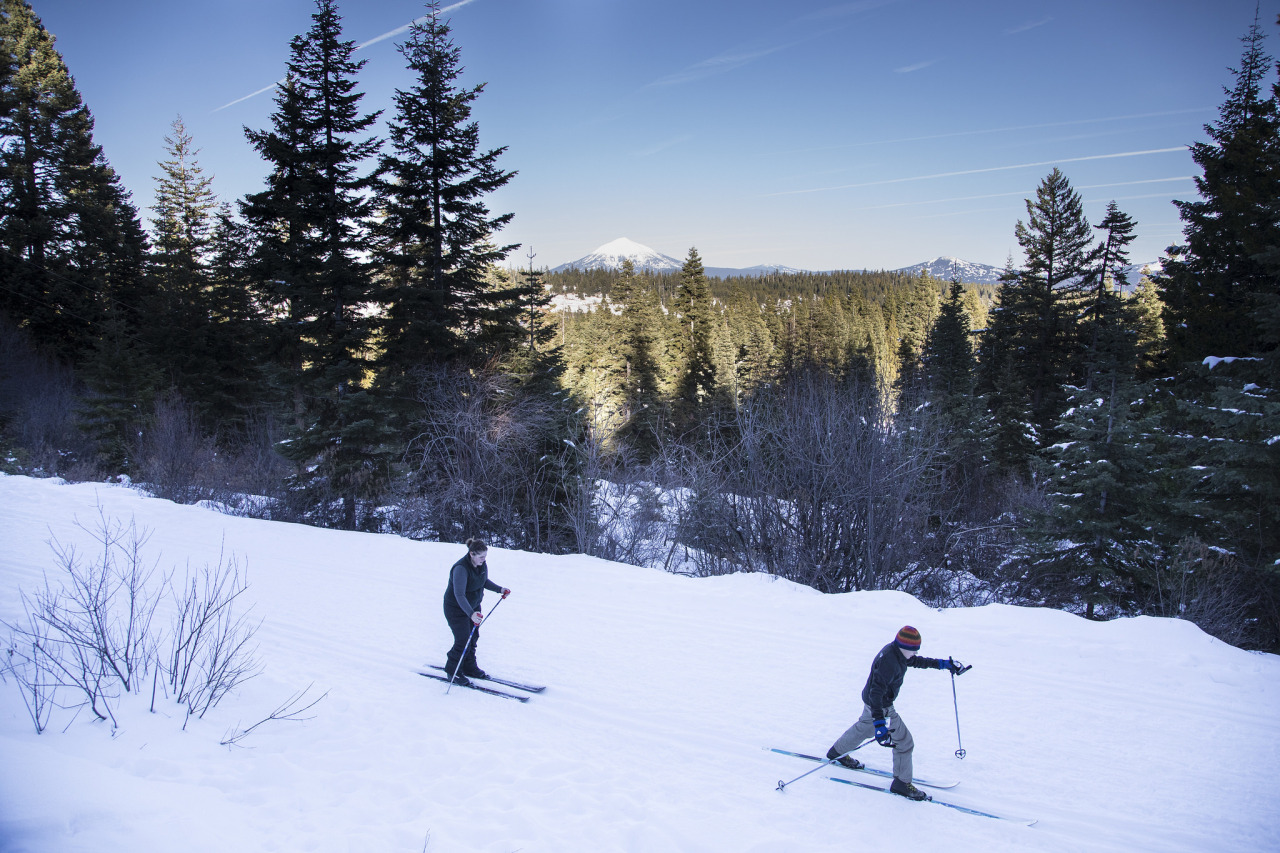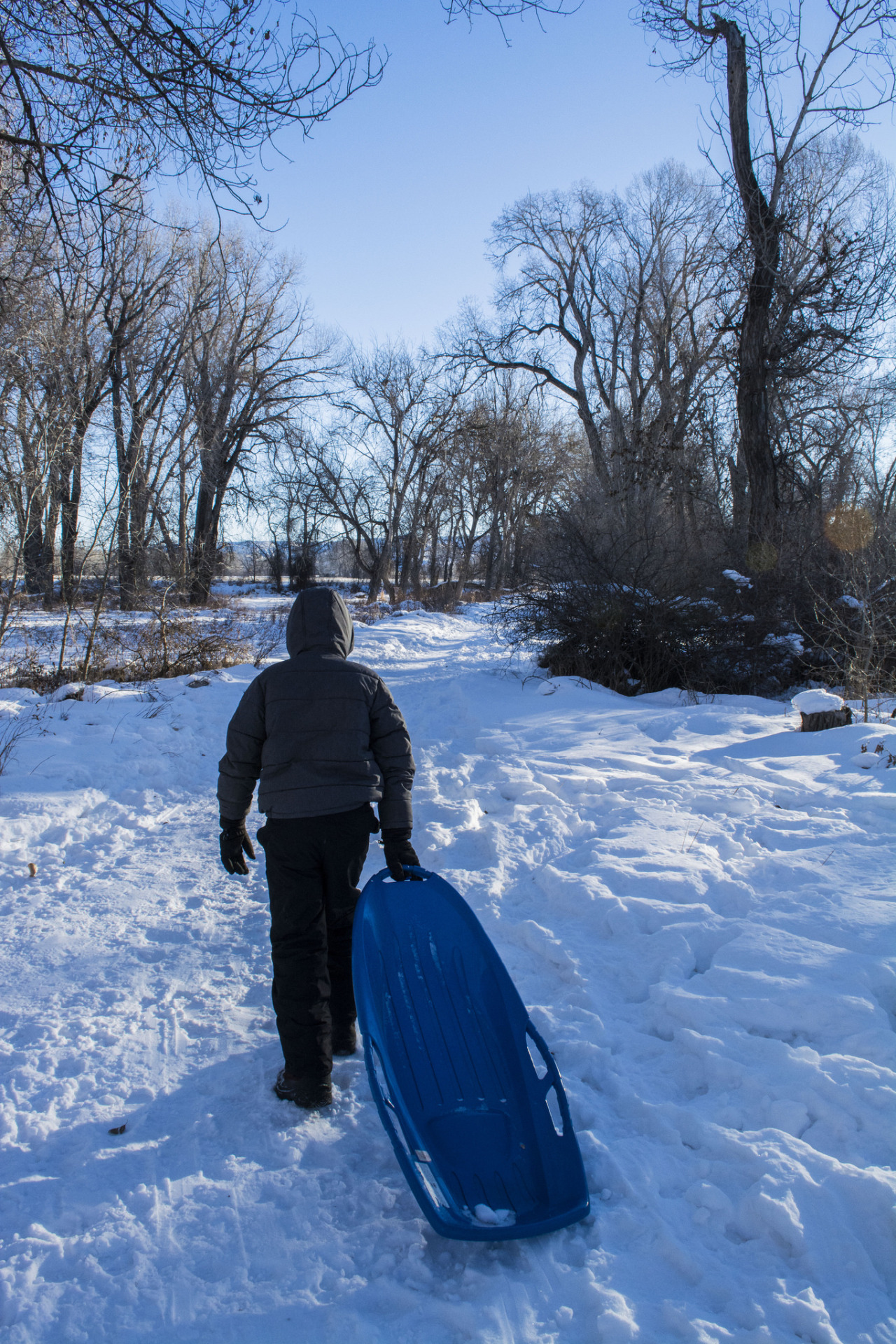
My Public Lands
This is an official tumblr for the Bureau of Land Management. Follow the next generation of BLMers as they share their experiences on the public lands. All photos government work unless otherwise noted. Please Note: Reblogs, likes and follows are not...
Search
About Us
Twitter feed
Tweets by @BLMNational



Winter is coming!
Autumn is coming to a close in just a few weeks- are you ready for winter? With snow brings a whole new array of recreation activities- skiing, winter biking, ice fishing, snowshoeing and more. Check out some spots on BLM-managed public lands to embrace the season.

Cascade-Siskiyou National Monument, Oregon
The Cascade-Siskiyou National Monument offers outstanding opportunities for a variety of winter sports within a short drive of residents and visitors to southern Oregon. Plentiful snow at higher elevations makes cross-country skiing, snowmobile touring and snow-play a popular way to visit the monument in winter.
For cross country skiers, the Buck Prairie Nordic Ski Trails system is only 13 miles from Ashland and offers a well-marked trail system suitable for skiers of all levels. Views from high points on the system stretch from Mount Shasta in the south to Mount McLoughlin and the rim of Crater Lake in the north. Snowmobilers can access similar outstanding views on a diverse network of loop trails following unplowed roads through dense forests and open ridgetops. Families gather at the popular Table Mountain Winter Play Area near Hyatt Lake which contains a large tubing/sledding hill, warming hut and plowed parking.

Iditarod National Historic Trail, Alaska
The Iditarod National Historic Trail celebrates a 2,300 mile system of winter routes that first connected ancient Native Alaskan villages, and later opened Alaska to the last great American gold rush. The Trail is still in use today with rural residents using it as a overland travel route between communities, muscle-powered competitors and motor-powered competitors using it in long-distance winter races, and modern-day adventurers testing their mettle in some of the most remote areas in North America. BLM maintains two remote, long-distance segments interspersed with public shelter cabins that provide respite from the elements. The most practical way to explore the trail is in the winter, when the hundreds of miles of swamps crossed by the Trail are frozen, making for easy passage. While offering outstanding opportunities for solitude, the Trail demands a high degree of self-reliance by the user, proficiency in extreme winter camping and travel by ski, dog team, snowmobile, or fat tire bike.

Aravaipa Canyon Wilderness Area, Arizona
Aravaipa Canyon has a loyal and devoted fan base, drawing desert lovers year after year who come to explore and appreciate this oasis in the desert. Forced to the surface as it squeezes through a tight canyon in the Galiuro Mountains, Aravaipa Creek’s flow supports a thriving riparian ecosystem complete with rare native fish, bighorn sheep, javelina, and colorful migratory birds.
Visitation to the canyon is directed by a recreational permit system established to protect the canyon’s ecology. Advanced planning pays off in an uncrowded canyon sprawled out under a canopy of sycamore you can have all to yourself!

Paxson Lake Campground, Alaska
In the summer, the Paxson Lake Campground in Alaska is a launching point for those floating the Gulkana Wild and Scenic River. When the Lake freezes over, Paxson Lake Campground becomes a go-to spot for ice fishing. Back in 2016, BLM Alaska partnered with Wrangell St. Elias National Park to host “Chosen Frozen” teen winter camp. Approximately 60 teens rotated through the “Chosen Frozen” winter camp at BLM’s Paxson Lake Campground. Teens learned winter camping and fire-starting techniques, Quinsee hut survival shelter construction, Chistochina Tribal methods for sewing and beading fur, winter animal habitat, and they snowshoed, cross country skied, and ice fished.

Sundance Lodge Recreation Area, Montana
The Sundance Lodge Recreation in Montana is a day-use-only area at the confluence of the Clarks Fork of the Yellowstone and Yellowstone rivers on the Lewis and Clark and Nez Perce National Historic Trails. Its cottonwood groves, meadows, and riparian areas are popular for hiking, viewing wildlife, horseback riding and picnicking.
Sundance Lodge was a working ranch before the BLM acquired it in 1997. The Nature Conservancy, the Yellowstone Chapter of Pheasants Forever, and the BLM combined efforts to acquire the land. It is now designated a Special Recreation Management Area and its purpose is to provide a dispersed recreation experience near the communities of Laurel and Billings, ensure public access to the Clarks Fork of the Yellowstone, and protect wildlife habitat.
Notes
not-a-lizard liked this
liukuanliang-blog liked this
 golarsworld liked this
golarsworld liked this  bostyn21 liked this
bostyn21 liked this angiesullivan0-blog liked this
 rodavisji1981 liked this
rodavisji1981 liked this monkey13madness liked this
 purplebouquetzombiesworld-blog liked this
purplebouquetzombiesworld-blog liked this  xyztoshiro-blog reblogged this from mypubliclands
xyztoshiro-blog reblogged this from mypubliclands  xyztoshiro-blog liked this
xyztoshiro-blog liked this  mikha-dev-us-blog liked this
mikha-dev-us-blog liked this  instantpizzawitch-blog liked this
instantpizzawitch-blog liked this  croacker liked this
croacker liked this  fiduciarydoody liked this
fiduciarydoody liked this  hailey-lelani-blog liked this
hailey-lelani-blog liked this lovelosingmymind liked this
divvledavvle liked this
 jaummuaj liked this
jaummuaj liked this  aive-world-blog liked this
aive-world-blog liked this  doan-cong-tuan-anh-blog liked this
doan-cong-tuan-anh-blog liked this coolwherearethechips-blog liked this
 palewastelandpoetry liked this
palewastelandpoetry liked this  mypage72 liked this
mypage72 liked this mikadotoostudent liked this
 casigratishoy liked this
casigratishoy liked this  gpangani liked this
gpangani liked this  chefman1988 liked this
chefman1988 liked this  bobjefferson1957-blog liked this
bobjefferson1957-blog liked this  lunosirius liked this
lunosirius liked this tyrumble2u reblogged this from mypubliclands
 gleyslaa-blog liked this
gleyslaa-blog liked this wayusouyab-blog liked this
 the77ppchii77-blog liked this
the77ppchii77-blog liked this  millicentdrave-blog liked this
millicentdrave-blog liked this shinseunghyun liked this
 tymand2 liked this
tymand2 liked this  daryaweintz-blog liked this
daryaweintz-blog liked this  samdavidparker liked this
samdavidparker liked this  batfreshsaladstudent liked this
batfreshsaladstudent liked this writinglove-read liked this
 goldenz88 liked this
goldenz88 liked this  rose-scented-fool-blog liked this
rose-scented-fool-blog liked this brobdingnagiangardenpetals liked this
brobdingnagiangardenpetals reblogged this from mypubliclands
mypubliclands posted this
- Show more notes